Introduction
- This guide describes how to use an operator defined by a user. This operator is used for showing who reported or categorized a stop.
Setup
Go to the "Company settings" menu.
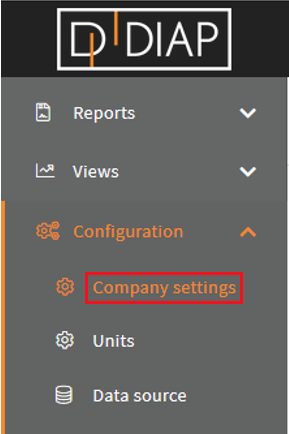
Click the Use user defined operators in report stop history, views production status and operator button:
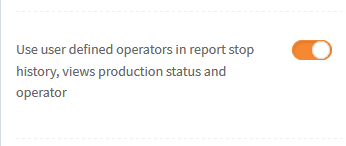
Now users can define an operator, when they create breaks or categorize stops.
Check in an operator
Both in Views->Production status and Views->Operator, there is an operator window in the top right corner of the site:
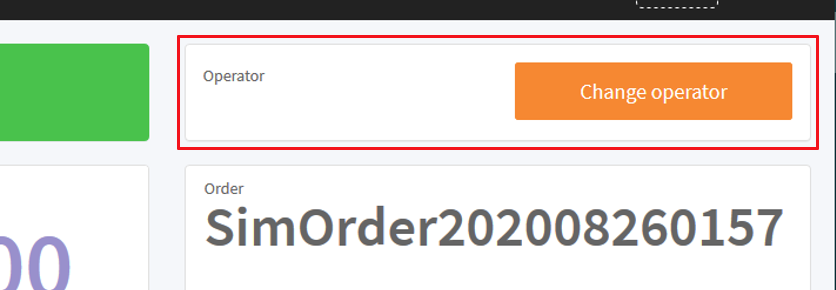
Click the Change operator button:

Now provide the name for the operator:

and click the Check in button:
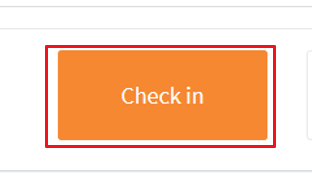
Now your operator is checked in:
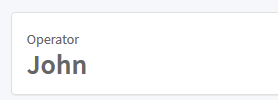
Change operator
If an operator is checked in, then one can change the operator by following the step in Check in a operator the difference is, that there will be a Change operator button instead of a Check in button:
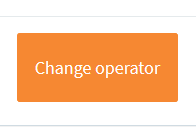
Check out operator
If an operator is checked in, then one can check out the operator. Open the operator window as shown in Check in a operator and click the Check out button:

You can see, that no operators are checked in, when the operator field is blank in the operator window:

User defined operators is paired with orders
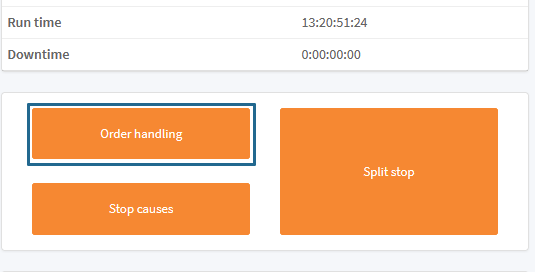
The Operator that is checked in:

Is paired with the new order and you can see them in the new operator column in
"Reports->Order", when the new order has ended:
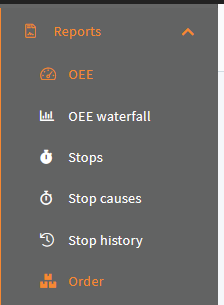

You can also see the operator in the detailed popup for the order:

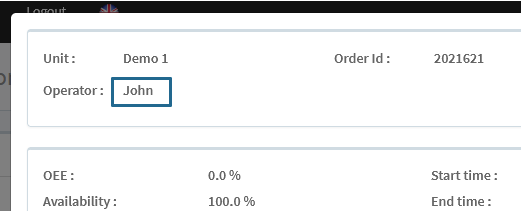
Use operator when creating a break
You can create breaks in the Views->Production status and Views->Operator sites.
When you create a break, you can bind your operator to that break. This done by having an operator checked in and create a break. Here are the steps:
1. Have an operator check in:

2. Have the break button(s) configured to be used:

3. Start a break.
You can see more details on how to use the breaks here:
Use operator when categorizing a stop
You can categorize a stop with an operator in the Views->Production status and
Views->Operator sites.
When you categorize a stop, you can bind your operator to that stop. This done by having a operator checked in and categorize a stop. Here are the steps:
1. Have an operator check in:

2. Select a stop to categorize:

3. Select a stop cause:
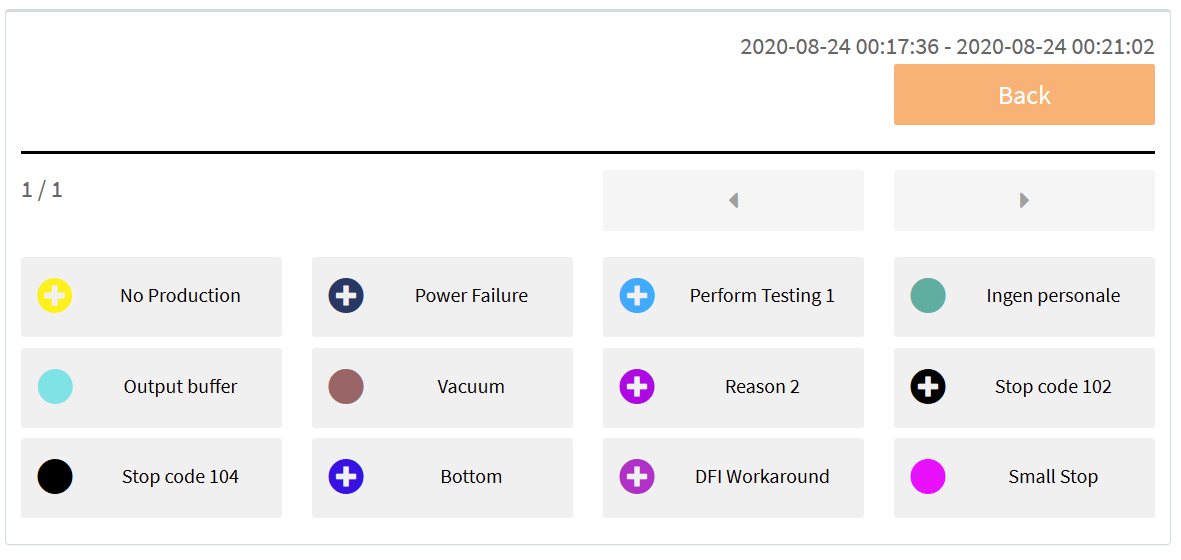
You can see more details on how to categorize a stop here How to use stop reason tree structure under section Assign stop reason in Production status.
Categorizing a break overwrites the operator on the stop
If you have a created a break with an operator, where stop cause has children, then you can overwrite the operator by ending the break, change the operator and categorize the stop cause on the stop created from the break.
Here is an example:
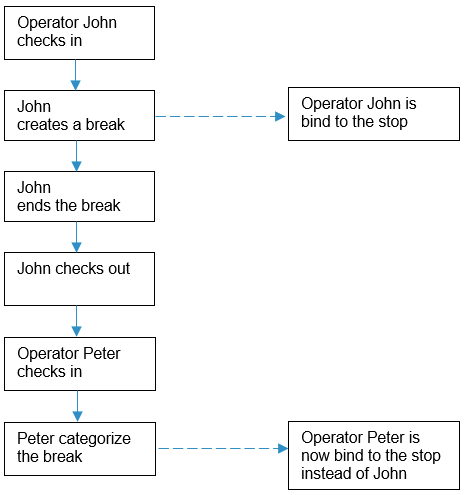
View the operators that reported the stops
Go to Reports->Stop history:

Select your unit, search period and filters:
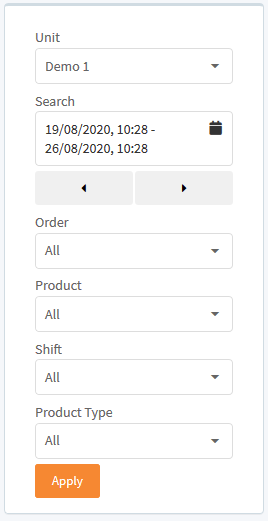
Click the Apply button:

Now you can see who has created or categorized the stops, under the Operator column:
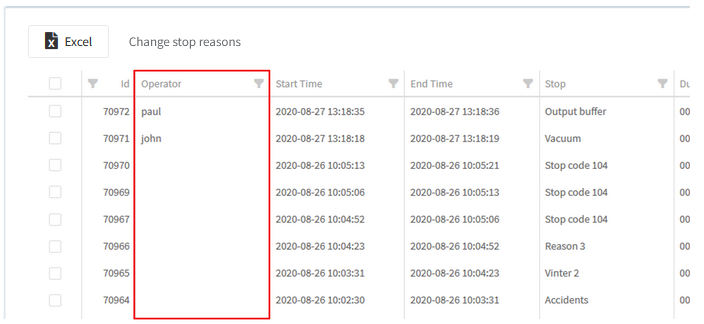
If an operator is blank, then the stop is either created by a service, an operator wasn't check in or the user defined operators wasn't configured to be used, when the stop was created.
You can also use the filter icon, to search for stops, created or categorized by a specific operator:

Type in a select your operator, then click the OK button:
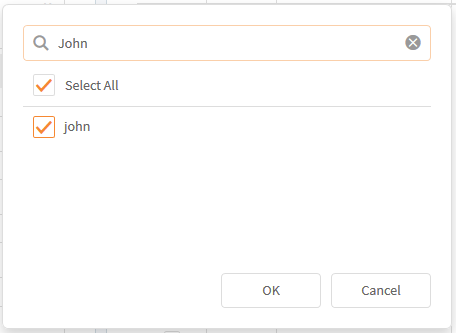
Now you only see stops with that operator:
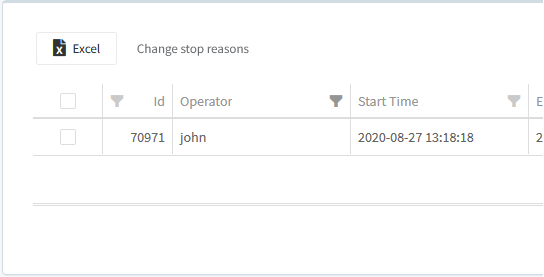
Split stop in stop history with a operator
In stop history if you split a stop, that had an operator in it, then the new stop will also have the same operator in it.
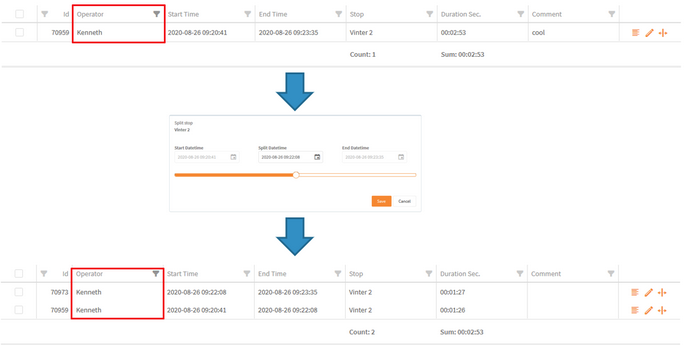
Changing stop cause for a stop in stop history, doesn't change the operator
Unlike the sites Views->Production status and Views->Operator, changing the stop cause for a stop, when in the Stop history site, doesn't change the operator in that stop.
